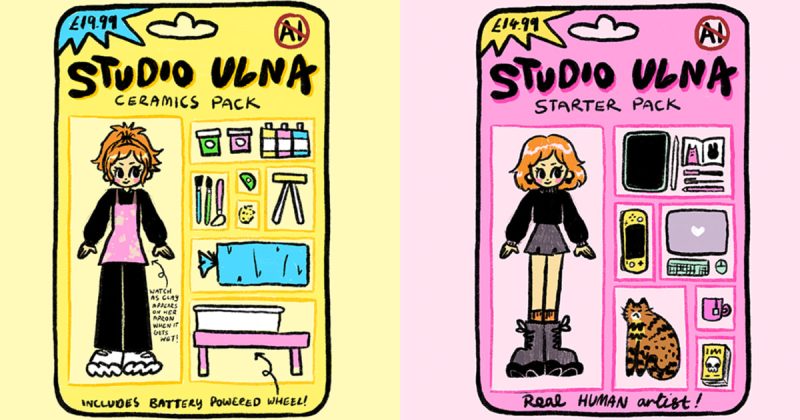
Last week, social media was flooded with AI-generated action figures. Users were uploading their photos to ChatGPT, prompting the AI to create personalized toy versions, complete with miniature accessories reflecting their professions and interests. These ‘starter packs,’ as they were called, quickly became a viral trend, with brands and public figures joining in on the fun.
However, this AI-driven craze didn’t go unnoticed by the art community. Many artists felt a sense of frustration, observing how easily businesses opted for AI-generated images instead of commissioning human artists. The perception was that this trend highlighted a disturbing disconnect between companies and consumers, and a disregard for the value of human creativity and labor.
This sparked a powerful counter-movement. Artists, feeling their livelihoods threatened, began creating their own hand-drawn versions of these action figures, showcasing their unique styles and skills. The hashtag #StarterPackNoAI quickly gained traction, highlighting the human element and the artistic value missing from the AI-generated counterparts.
This situation highlights a growing concern within the art world regarding the impact of AI on artists’ livelihoods. The ease and low cost of AI-generated art pose a significant challenge to those who dedicate years to honing their craft and building their unique styles. The fear is that AI-generated content will devalue human artistry and lead to a decrease in commissions for human creators.
The debate also touches upon ethical considerations. Many AI models are trained on vast datasets of existing art, raising copyright concerns and questions about the unauthorized use of artists’ styles and work. This lack of transparency regarding training data further fuels anxieties about the potential exploitation of creative talent.
Despite the concerns, many artists found a way to reclaim the narrative and celebrate the unique value of human creativity. Their hand-drawn versions of the AI-generated action figures not only showcased their skills but also served as a powerful statement against the devaluing of human artistry. It was a beautiful display of resilience and a reminder that, even in the face of technological advancements, the human touch remains irreplaceable.
The AI action figure trend serves as a microcosm of a larger conversation about the role of AI in art and the future of creative professions. It’s a conversation that needs to involve artists, developers, and consumers alike, to ensure a future where technology enhances, rather than replaces, human creativity.










